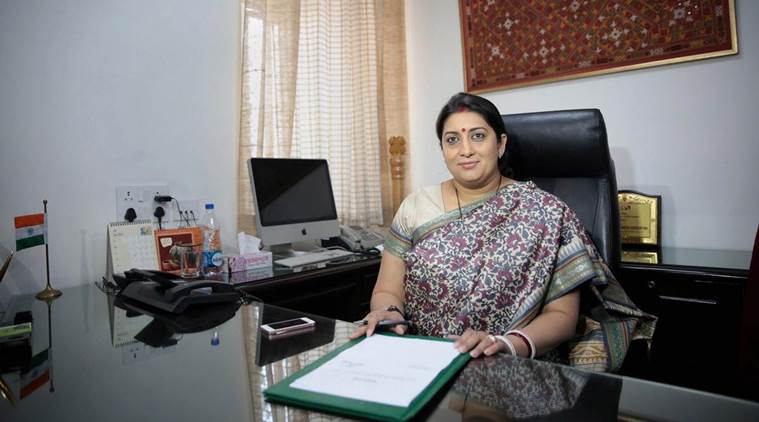The Union Information and Broadcasting Ministry has come up with a plan to establish a Social Media Communication hub that would keep collate, compile and analyze the news trending in the districts throughout the country. The Ministry proposes to hire people, including many local journalists and stringers, on a contractual basis for this project. The Government plans to utilize the services of those employed to be its “eyes and ears” to directly receive feedback from the ground on its schemes. The hub would be a mechanism for the Government to information on the progress of its flagship schemes for the people, especially in non-metros, tier II and tier III cities and other smaller towns.
It once again emphasizes the focused approach of the Modi Government to the importance it attaches to its ongoing and upcoming schemes and policies for the people in the smaller towns who constitute a majority of the population of India. Social Media has led to a democratization of sorts in the media sector where the people themselves who were hitherto merely the consumers of news are now also the participants and creators of news. This has unshackled the monopoly that the conventional mainstream media had enjoyed in the past. The Government effectively intends to benefit from this dissemination of information on the Social Media to keep a track on the trends and buzz generated by the Social Media with special attention to inputs that it would receive from those employed as its “eyes and ears” on the ground away from district headquarters.
The Information and Broadcasting Ministry’s latest plans came to be known when Broadcast Engineering Consultants India (BECIL) floated a tender on 23rd January, 2018 in this regard. BECIL is a Public-Sector Undertaking under the Union Ministry of Information and Broadcasting. The Government looks to create a technology platform to collect Social Media chatter from several online platforms.
The Social Media Communication hub is expected to provide real time insights, metrics and other valuable data to the Government.
This information would help in formulating the policies, schemes or rectify any flaws in their implementation at the ground level so that the ultimate beneficiary who is the common man is benefited and has a direct way to communicate any complaints regarding the same to the Government. The tool effectively wants to channelize and gauge the sentiments amongst the netizens.
The I&B Ministry’s proposal further states, “the tool should act as the guiding tool for Ministry of Information & Broadcasting to understand the impact of various social media campaigns conducted on various schemes run by the Government of India. In addition, the tool should have the capacity to provide inputs to the Ministry on how to improve the reach of various social media campaigns, how to make a particular topic trending and for the overall general improvement of social media campaigns”. Popular digital media platforms such as Facebook, Twitter, Youtube, Instagram, LinkedIn, Blogs, Playstore etc would be integrated with the hub as proprietary data resources.
The social media communication hub also aims to prevent any rumors or fake news that may go viral in this age of instant communication potentially leading to trouble. For crisis management in such a situation the tool would send alerts and notifications to the users or other people to curb such rumours and false news.
The entire operation of the Social Media Communication hub would be monitored by the Social Media Command Centre. As of now, the plans are to make the tool of Social Media Communication Hub available in English, Hindi, Urdu, Bengali, Telugu, Tamil, Kannada, Malayalam and Punjabi. Presently, there are around 65 crore mobile phone users in India out of which 30 crore are smartphone users. This number is only expected to rise steeply in the next 4 to 5 years. With more people having access to smartphones, technology, they also become accessible to the entire gamut of tech-based communication and grievance platforms.
By properly using the process of data mining and analyzing the trends, the Government would seek to provide necessary solutions to any problems arising in its programs meant for the benefit of the common people. Such an approach was not seen hitherto but under Smriti Irani the I&B Ministry seems to have made it a point to come up with an approach to embrace the new ways and technology to reach out to a large number of people and redress any inputs or feedback provided by them, which is in sync with the Government’s approach to sabka saath sabka vikaas.
